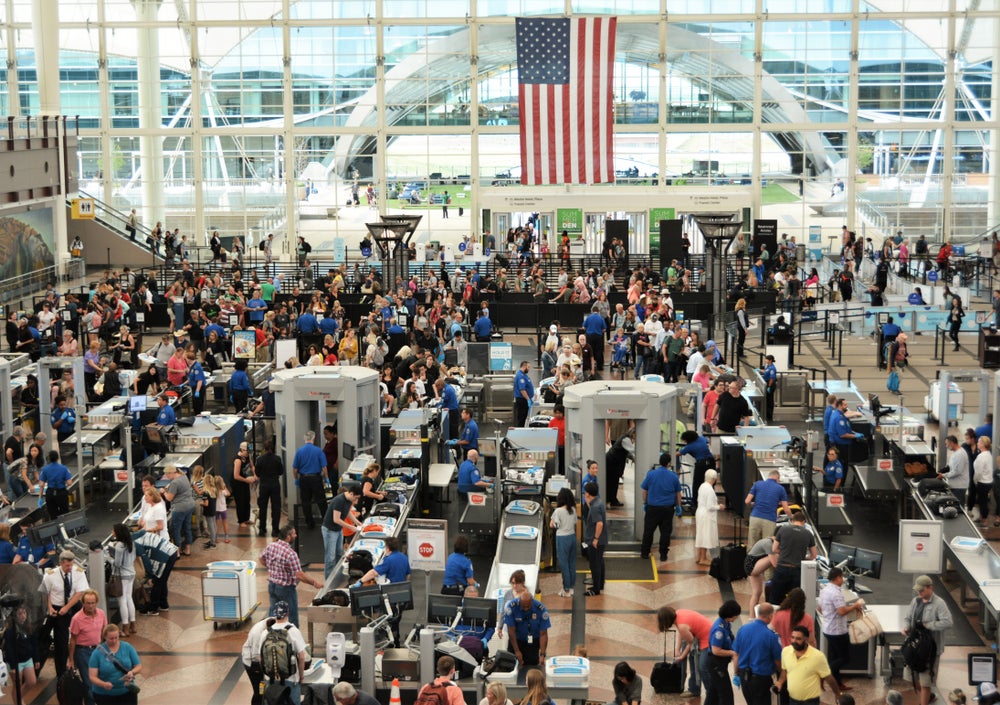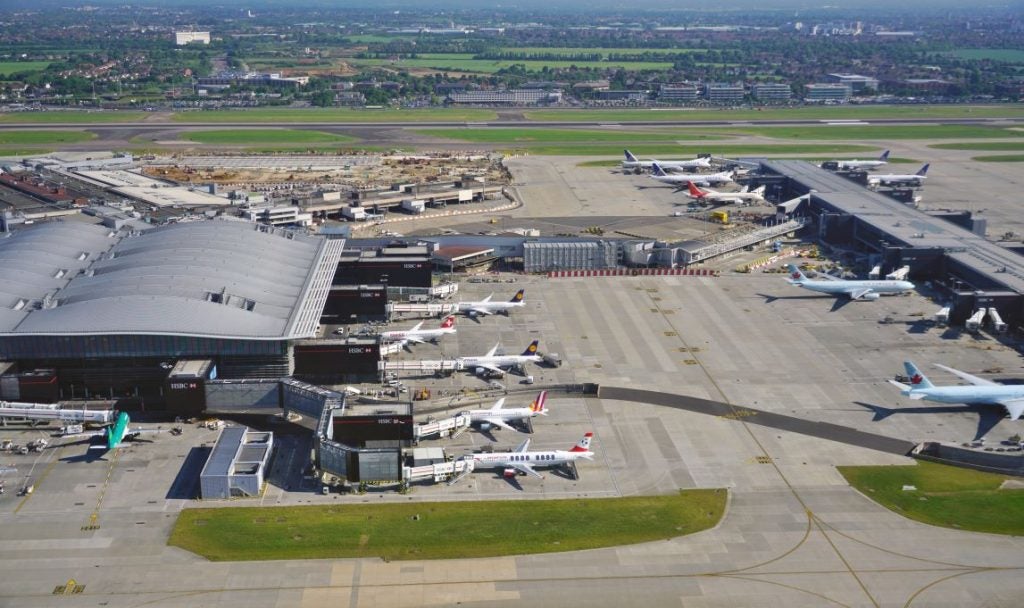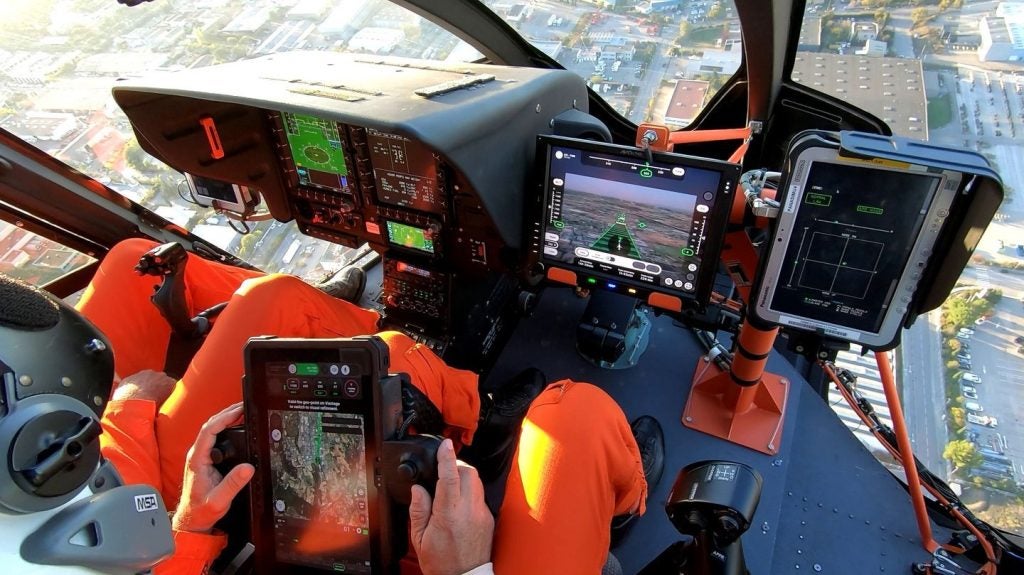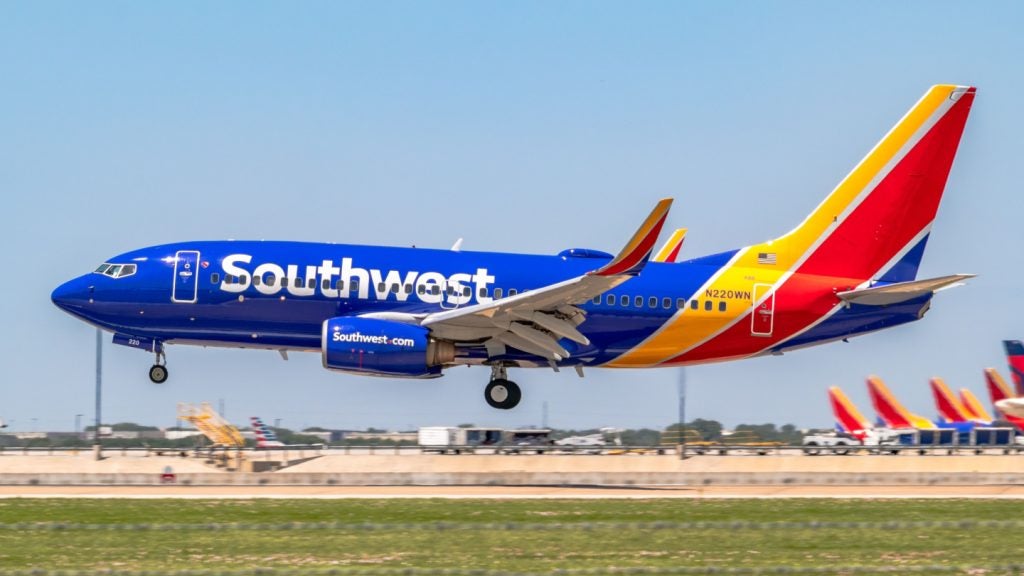US airports recorded their busiest-ever day on Sunday 26 November, with more than 2.9 million passengers passing through the country’s airports, according to the Transport Security Administration (TSA).
This record in air travel traffic came three days after Thanksgiving (23 November), one of the busiest periods for domestic travel in the US, despite a storm covering the Midwest with up to 8in (20cm) of snow.
Live tracker Flightradar24 described it as an “incredibly smooth day of travel”. Less than 0.5% of the 51,332 scheduled flights were cancelled, and no airline cancelled more than 1% of its flights.
This marks the second time the TSA has broken its own traffic record this year. On 30 June, the TSA said it had screened 2,884,783 passengers due to travel for the Fourth of July holiday.
A litmus test for Christmas travel?
Many airlines have cut flights over recent weeks due to congested airspace and a shortage of air-traffic controllers.
Job hirings in the US travel and tourism industry have been on the decline since June, research by GlobalData shows, dipping most prominently this (albeit incomplete) month.
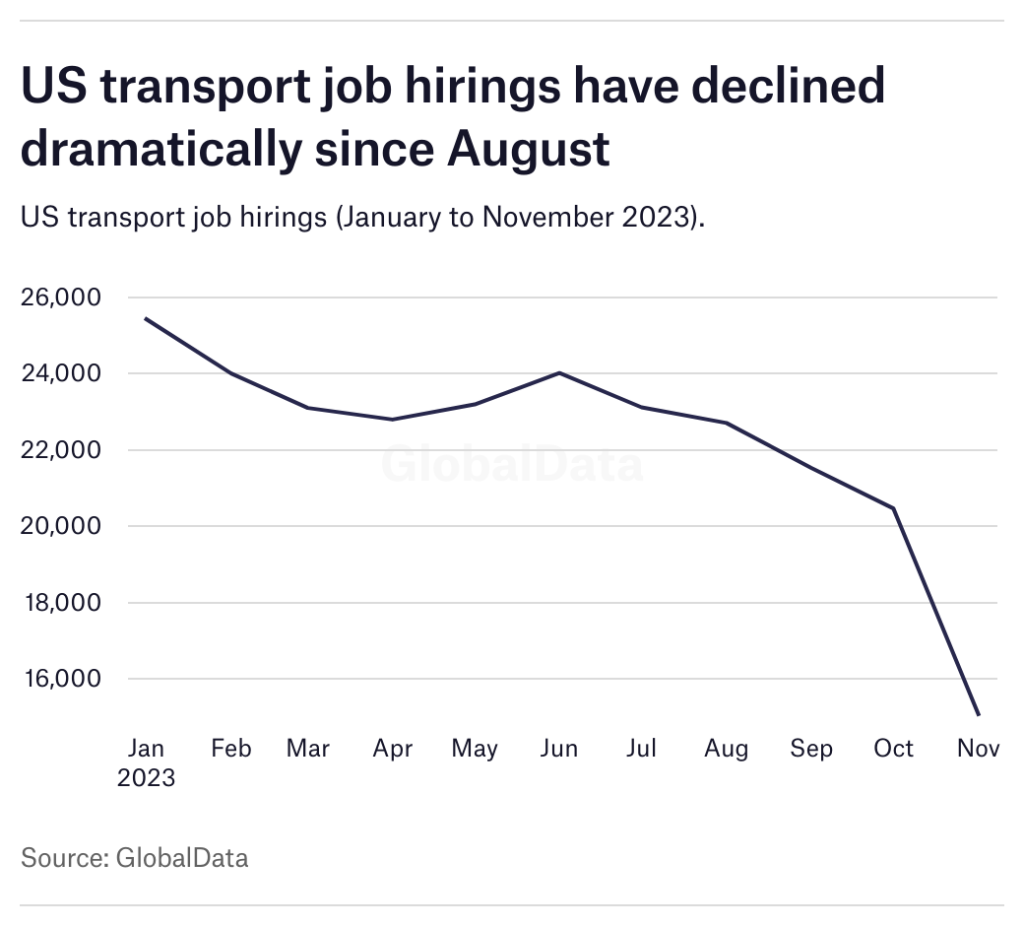
The weekend’s relatively hassle-free services served as a stark contrast to the havoc wreaked on US airports during last year’s Christmas period.
Approximately 17,000 flights were cancelled due to winter storms and a Southwest Airlines system crash. Airports from Denver International to New York’s LaGuardia were affected, and the US Transportation Department fined Southwest.
5,934 flights were cancelled on 23 December, CNN reported, followed by almost 3,500 cancellations on Christmas Eve.
TSA checkpoint data shows that the busiest days to travel during the Christmas period have historically been 27, 30 and 20 December (in that order).
While US airlines and airports have coped with the increased demand of the Thanksgiving period, passengers will hope staff shortages do not see a repeat of last year’s Christmas period fiasco.
Our signals coverage is powered by GlobalData’s Thematic Engine, which tags millions of data items across six alternative datasets — patents, jobs, deals, company filings, social media mentions and news — to themes, sectors and companies. These signals enhance our predictive capabilities, helping us to identify the most disruptive threats across each of the sectors we cover and the companies best placed to succeed.


